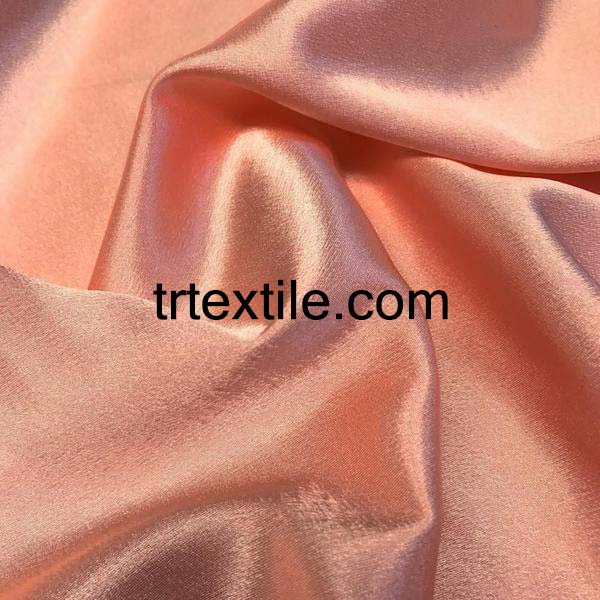Puppet satin fabric is a luxurious and versatile material that is commonly used in the production of puppets, costumes, and other theatrical accessories. This high-quality fabric is known for its smooth and shiny surface, which gives it a sophisticated and elegant look. In this article, we will explore the characteristics of puppet satin fabric, its uses, and some tips for working with this material.
Characteristics of Puppet Satin Fabric
Puppet satin fabric is made from a blend of synthetic fibers such as polyester, nylon, or acetate. This blend gives the fabric its unique properties, including its smooth and silky texture, high sheen, and excellent drape. The fabric is usually lightweight and has a slight stretch, making it ideal for creating flowing and draping effects.
One of the key characteristics of puppet satin fabric is its shiny surface, which reflects light and gives it a lustrous appearance. This makes it a popular choice for costumes and garments that require a touch of glamour or sophistication. The fabric is also known for its durability and resistance to wrinkling, making it a practical choice for theatrical productions and other applications where a polished look is desired.
Uses of Puppet Satin Fabric
Puppet satin fabric is commonly used in the production of puppets, costumes, and accessories for theatrical performances, film and television productions, and other creative projects. Its smooth surface and vibrant colors make it a popular choice for creating eye-catching and visually appealing designs.
In puppetry, satin fabric is often used to create the clothing and accessories for puppets, such as dresses, shirts, hats, and shoes. The fabric’s sheen and drape can help bring puppets to life and enhance their appearance on stage. Puppet satin fabric is also used to create decorative elements such as curtains, backdrops, and props, adding a touch of luxury and elegance to the production.
In costume design, puppet satin fabric is a versatile material that can be used to create a wide range of garments, from elegant evening gowns to elaborate period costumes. The fabric’s smooth surface and vibrant colors make it a popular choice for creating costumes that stand out on stage or screen. Puppet satin fabric is also used to create accessories such as gloves, scarves, and bags, adding a touch of glamour to any outfit.
Tips for Working with Puppet Satin Fabric
Working with puppet satin fabric requires some care and attention to detail to achieve the best results. Here are some tips for working with this luxurious material:
1. Pre-wash the fabric: Before cutting and sewing puppet satin fabric, it is important to pre-wash it to remove any sizing or chemicals that may be present. This will help prevent shrinkage and ensure that the fabric is clean and ready for use.
2. Use a sharp needle and fine thread: When sewing puppet satin fabric, it is important to use a sharp needle and fine thread to prevent snagging or pulling on the fabric. A universal needle or a needle designed for lightweight fabrics is recommended for best results.
3. Use a low heat setting: When pressing puppet satin fabric, use a low heat setting on your iron to avoid damaging the fabric. It is also a good idea to use a pressing cloth or a piece of muslin to protect the fabric from direct heat.
4. Handle with care: Puppet satin fabric is delicate and can easily snag or tear if mishandled. When cutting and sewing the fabric, handle it with care to avoid stretching or distorting the fibers.
In conclusion, puppet satin fabric is a luxurious and versatile material that is commonly used in the production of puppets, costumes, and other theatrical accessories. Its smooth surface, high sheen, and excellent drape make it a popular choice for creating eye-catching and visually appealing designs. By following these tips for working with puppet satin fabric, you can achieve beautiful and professional results in your creative projects.




